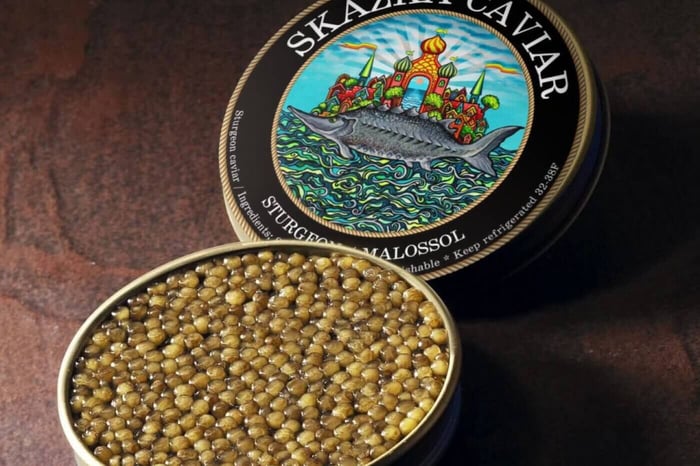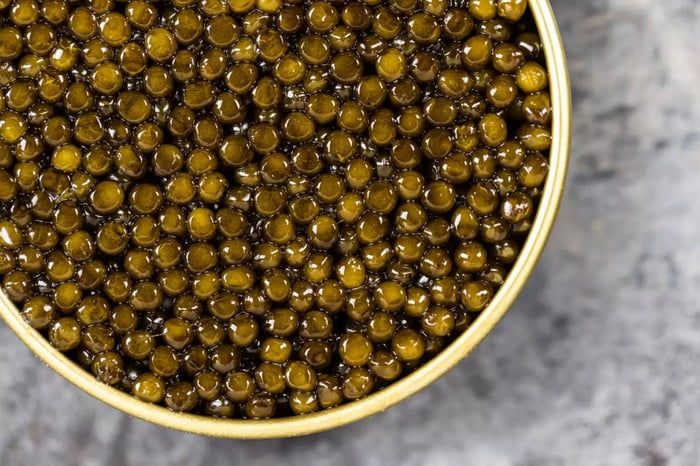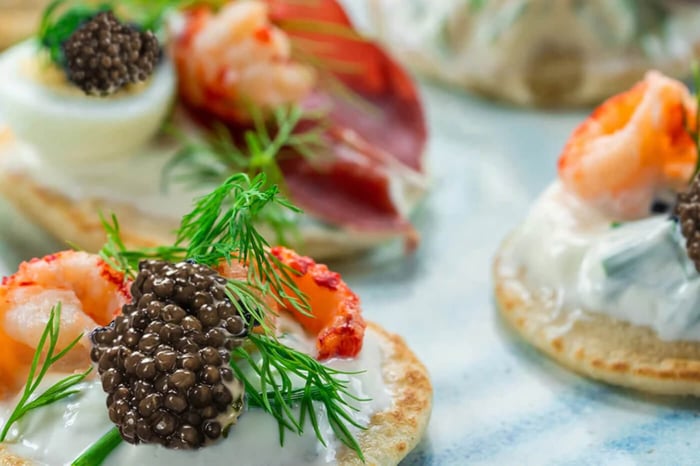 Sturgeons, often referred to as “living fossils,” are among the most fascinating fish species in the world, both scientifically and economically. With a lineage dating back more than 200 million years, these ancient creatures have survived massive evolutionary changes while continuing to play a vital role in aquatic ecosystems. Their most notable association, however, is with caviar—the luxurious delicacy derived from their eggs, prized for centuries in global cuisine. But behind the prestige of caviar lies an intricate story of sturgeon biology, anatomy, and conservation that highlights their ecological significance and the urgent need to understand and protect them.
Sturgeons, often referred to as “living fossils,” are among the most fascinating fish species in the world, both scientifically and economically. With a lineage dating back more than 200 million years, these ancient creatures have survived massive evolutionary changes while continuing to play a vital role in aquatic ecosystems. Their most notable association, however, is with caviar—the luxurious delicacy derived from their eggs, prized for centuries in global cuisine. But behind the prestige of caviar lies an intricate story of sturgeon biology, anatomy, and conservation that highlights their ecological significance and the urgent need to understand and protect them.
Evolutionary History of Sturgeon
Sturgeons belong to the family Acipenseridae, which consists of about 27 recognized species distributed across the Northern Hemisphere. Their fossil record shows that sturgeons emerged during the late Jurassic period, making them contemporaries of dinosaurs. Unlike many modern fish, sturgeons retain primitive features such as cartilaginous skeletons, heterocercal tails, and a unique body structure covered in bony scutes rather than scales. These evolutionary traits not only reveal their ancient lineage but also highlight how little they have changed over millions of years. Their ability to adapt to freshwater and saltwater environments, alongside their long lifespans, demonstrates evolutionary resilience, though it also makes them vulnerable to modern-day threats.

Read: The Renaissance of Caviar: Modern Chefs Redefine Luxury Dining
Anatomy and Physical Adaptations
The physical build of a sturgeon is distinct, setting them apart from other freshwater and marine fish. Characterized by their elongated bodies, flattened snouts, and whisker-like barbels that help them detect food, sturgeons are perfectly adapted for bottom-feeding. Their toothless mouths protrude downward, allowing them to suction in small fish, crustaceans, and mollusks from riverbeds and estuaries. Additionally, their cartilaginous skeleton makes them lighter and more flexible, enhancing swimming efficiency. Many species can reach impressive sizes, with the beluga sturgeon growing over 20 feet long and weighing more than a ton, making it one of the largest freshwater fish in the world. These anatomical adaptations not only facilitate survival in diverse environments but also contribute to their ecological role as both predators and prey.
Reproduction and Life Cycle
Sturgeon reproduction is one of the most remarkable yet fragile aspects of their biology. Unlike many fish that spawn annually, sturgeons reproduce infrequently, with some species only spawning once every several years. They migrate long distances upstream to lay eggs in gravel-rich riverbeds, where the adhesive eggs attach and develop. The incubation period is relatively short, but the survival rate of young sturgeons is extremely low due to predation and environmental pressures. What makes them especially unique is their longevity and late sexual maturity—some species do not reproduce until they are 15 to 20 years old. This slow reproductive cycle, while evolutionarily successful in stable environments, becomes a significant disadvantage in today’s world of overfishing, habitat destruction, and pollution, making population recovery challenging once numbers decline.
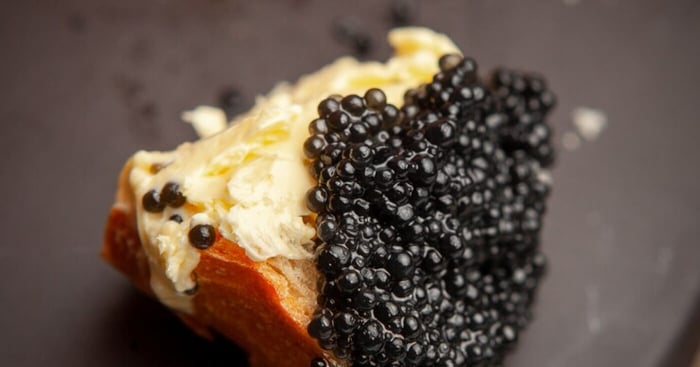
Read: Caviar-Based Sauces: Recipes to Elevate Your Meals
Sturgeons and Caviar Production
The global fame of sturgeons stems largely from their role as the source of caviar, a delicacy that has been associated with luxury and exclusivity for centuries. Beluga, Osetra, and Sevruga caviars are among the most renowned, harvested from specific sturgeon species in the Caspian and Black Seas. The production of high-quality caviar requires mature females, which can take decades to reach reproductive age, contributing to the rarity and high cost of the product. Traditional harvesting methods involved killing the fish to extract eggs, a practice that has devastated wild populations. In recent decades, however, aquaculture innovations have introduced non-lethal techniques that allow egg extraction while keeping the sturgeon alive, offering a more sustainable alternative. Nonetheless, the cultural and economic demand for caviar remains a double-edged sword, fueling both conservation efforts and illegal poaching.
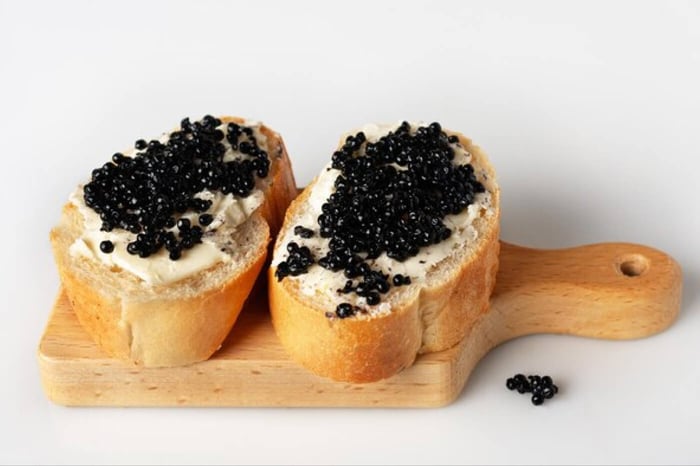
Ecological Role of Sturgeon
Beyond their economic value, sturgeons are keystone species in aquatic ecosystems, playing critical roles in maintaining ecological balance. As bottom-feeders, they help control populations of benthic organisms, recycling nutrients and contributing to sediment health. Juvenile sturgeons serve as prey for larger fish, birds, and mammals, while adults influence food web dynamics through their feeding habits. Their presence indicates the health of river systems, as sturgeons are highly sensitive to pollution, dam construction, and water quality changes. In regions where sturgeon populations have collapsed, noticeable imbalances in aquatic ecosystems have been observed, underscoring the importance of preserving their role as ecological regulators. Protecting sturgeons is not only about safeguarding a luxury food source but also about ensuring the stability of freshwater and coastal habitats.
Conservation Challenges and Future Outlook
Despite their ancient resilience, sturgeons are among the most endangered groups of animals today, with many species listed as critically endangered by the International Union for Conservation of Nature (IUCN). Overfishing for caviar, habitat destruction from damming and pollution, and climate change have caused dramatic population declines worldwide. Conservation strategies now focus on habitat restoration, stricter fishing regulations, and the expansion of sustainable sturgeon farming. Captive breeding and restocking programs aim to replenish wild populations, though challenges remain due to their long lifespans and delayed reproduction. Public awareness campaigns and international trade controls under CITES (Convention on International Trade in Endangered Species) are also helping curb illegal caviar markets. The future of sturgeons depends on balancing human demand with ecological responsibility, requiring global cooperation and innovative solutions.
Conclusion
Sturgeons are extraordinary fish whose biology reflects both ancient evolution and modern vulnerability. From their distinctive anatomy and slow reproductive cycles to their role as the world’s most famous source of caviar, sturgeons embody the complex relationship between humans and nature. Their decline is a sobering reminder of how fragile even the most resilient species can become in the face of exploitation and environmental change. Yet, with ongoing conservation efforts and the rise of sustainable aquaculture, there remains hope that these remarkable fish can thrive once again. Protecting sturgeons is not merely about preserving a delicacy but about honoring a species that has survived since prehistoric times and ensuring it continues to enrich ecosystems and human culture for generations to come.
About the Author
 Igor Fishbeyn - Caviar Purveyor
Igor Fishbeyn - Caviar Purveyor
Igor Fishbeyn is purveyor of fine sturgeon caviar and creator of the Skazka Caviar brand. He is an expert with decades of experience specializing in importing, wholesaling, and retailing the finest quality caviar in the world. Igor frequently writes about caviar news and various topics about the caviar industry. He lives in San Francisco with his wife and daughter.
Shop Skazka Caviar
Browse Our Exclusive Caviar Collection
[dib_prod_5322279944351] [dib_prod_5322391584927] [dib_prod_5322633216159][dib_prod_5322609590431]
Shop Caviar By Type
Shop Black Caviar | Shop Red Caviar | Shop Caviar Accessories
Shop Beluga Caviar | Shop Kaluga Caviar | Shop White Sturgeon Caviar
Shop Osetra Caviar | Shop Salmon Roe | Shop Albino Sturgeon Caviar



